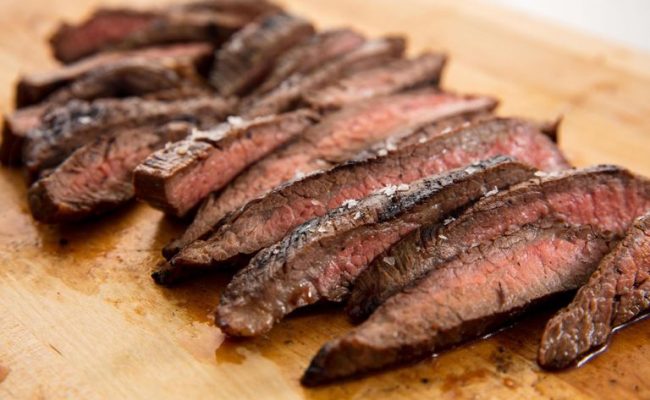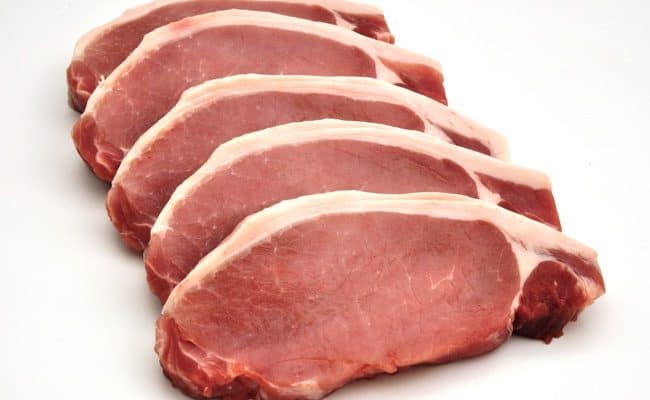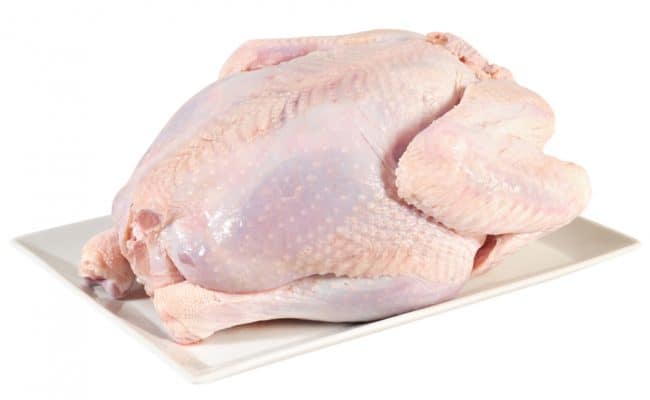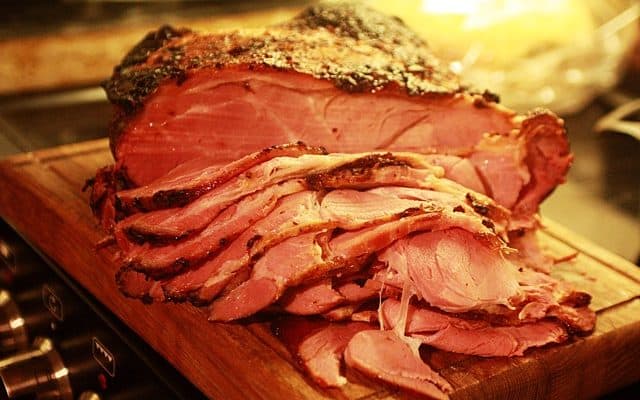
Red meat has been put in a negative light in the past because it is a source of saturated fat and cholesterol. Currently red meat and more so processed red meat has been associated with possibly increasing risk for certain cancers, cardiovascular disease and overall mortality.
On the flip side, red meat can be a good source of protein, vitamins and minerals. Eating high protein foods has also been associated with increasing satiety after eating which may be beneficial for regulating appetite.
So, is steak bad for you on a diet or can it be good?
The answer may depend on other factors: what else are you eating in your diet? How much are you eating? How are you cooking the steak? Answering these questions can help determine if your current intake of steak is a beneficial part of your diet.
Steak nutrition
Beef cuts can have varying amounts of fat. Mayo Clinic (1) suggests extra lean cuts of beef include: eye of round steak, sirloin tip steak, top or bottom round steak and top sirloin steak.
A serving of 100 grams of top sirloin steak can provide about:
244 calories, 14 grams of fat (21% DV), 27 grams of protein (54% DV), 30% DV vitamin B6, 26% DV vitamin B12, 9% DV iron and 5% DV magnesium.
Steak, like other meats, is a concentrated source of protein. Eating meals that provide around 20-30 grams of protein is considered by some research beneficial to stimulate protein synthesis.
Protein can also increase satiety after eating which can help regulate appetite.
A 100 gram serving provides about 14 grams of fat of which 6 grams is saturated (30% DV), 6 grams of monounsaturated fat and about 1 gram of polyunsaturated fat.
Steak provides about equal amounts of saturated and monounsaturated fat. The monounsaturated fat is primarily from oleic acid which may help increase beneficial HDL cholesterol (2).
Red meat and heart health
Some research suggests red meat intake may be associated with an increased risk for cardiovascular disease, type 2 diabetes and certain cancers.
However, not all the research is consistent (3). Generally speaking, limiting processed red meat is recommended for lowering risk of chronic diseases.
However, what about unprocessed red meat like steak? Choosing lean or extra lean cuts may be most beneficial for heart health.
How much are you eating?
The American Institute for Cancer Research (AICR), recommends limiting cooked red meat intake to 18 ounces or less per week.
My Plate suggests daily protein intake (including all types of meat, eggs, nuts and legumes) for men and women should be between 5 and 6.5 ounces per day, depending on age and activity level.
A 100 gram serving of lean steak provides about 27 grams of protein. This amount is equivalent to about 3.5 ounces. Keeping portion sizes of steak to around 3 ounces is generally recommended.
If you order steak at a restaurant, it could easily be 6 ounces or more served on your plate.
Keeping steak as part of (1/4) the meal on your plate, not the majority of your plate, is an important consideration for balancing your food intake.
What are you eating with the steak?
Red meat can be part of a healthy diet if it’s incorporated in small portions and part of a nutrient dense diet. Harvard Health (4) suggests if you want to eat red meat, make it part of the Mediterranean diet style of eating.
This diet incorporates a high intake of fruits, vegetables, olive oil, whole grains and legumes. Red meat is an occasional food, and there is a higher intake of fish, poultry or eggs.
This diet keeps meat as a side component for meals, not the main feature.
My Plate recommends making at least half your plate fruits and vegetables at meal times. If you are eating steak for a meal, what else are you eating with it?
Make it just part of a nutrient dense meal that also provides a variety of colorful fruits, vegetables and heart healthy fats.
Cooking steak
One of the concerns with red and processed red meat is the type of cooking method and cancer risk.
Cooking red meat with high heat, like grilling, can increase cancer promoting compounds. To lower risk of these cancer promoting compounds in red meat, WebMD (5) suggests cooking red meat over medium heat.
Choosing lean cuts of red meat can also lower the chance for flare ups of heavy smoke when cooking.
Marinating meat may also lower the formation of the cancer promoting compounds as well as not over cooking the meat.
Conclusion: Is steak bad for you on a diet?
Steak can be incorporated in a healthy, balanced diet whether for weight loss or overall health. Important considerations are how much are you eating, how are you cooking it, and what else are you eating with steak?
Choosing lean or extra lean cuts of steak is recommended as well as limiting total red meat intake to 18 ounces or less of cooked red meat per week.
A typical Western diet emphasizes large intakes of red meat and small amounts of produce. Shifting this balance to a heavier emphasis on plant foods can be beneficial.
Steak doesn’t need to take up the whole plate at meal times. Eating high amounts of fruits, vegetables, whole grains, legumes, nuts, seeds and heart healthy fats like the Mediterranean diet has been shown to have positive benefits on health.
Steak can fit in this eating approach as an occasional food and in smaller quantities.
Besides quantity of steak you are eating, it is important to consider how you are cooking steak as well.
Using high heat may increase the formation of cancer promoting agents. Therefore, it is recommended to use medium heat while cooking steak and avoiding over cooking it.










